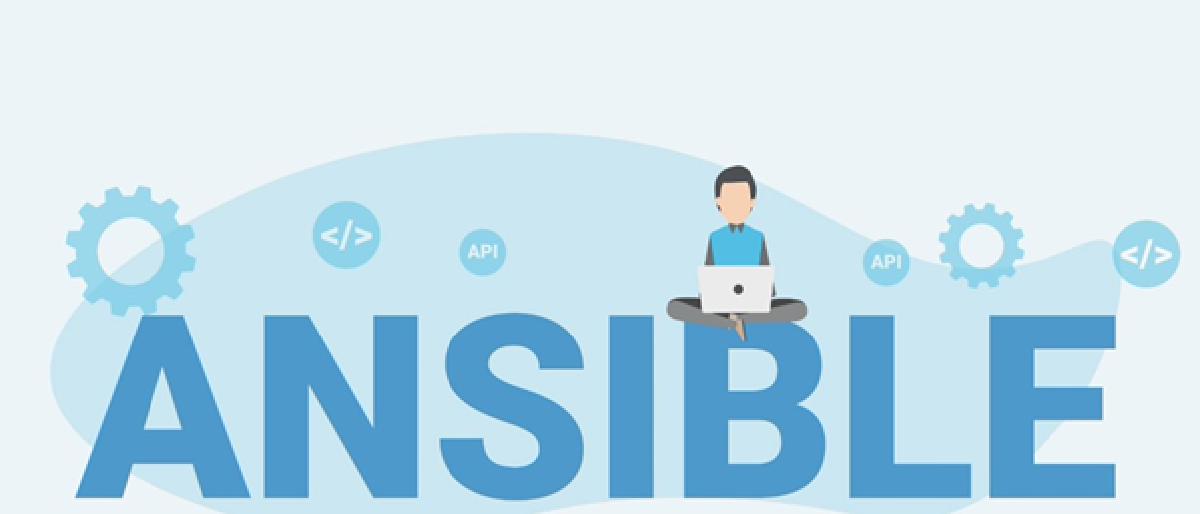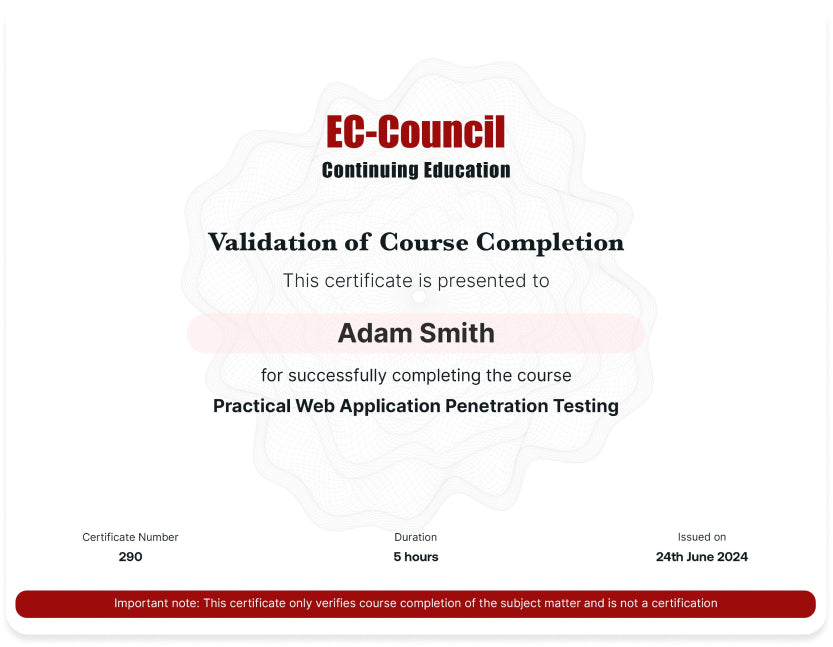Course Overview
What You Will Learn
Program Curriculum
Instructor
Narendra P
Narendra is an IT Professional with 7+ years of experience in different Domains. Very much interested in learning new technologies and teaching. He believes that the best way to learn by doing it in a fun way. He has good practical knowledge of automation with different Scripting languages like Shell Scripting, Python Scripting, and YAML Scripting. His online classes focus on providing high-quality documentation with practical knowledge. Hands-on experience in learning new technology that makes learning really interesting.
Join over 1 Million professionals from the most renowned Companies in the world!
Empower Your Learning with Our Flexible Plans
Invest in your future with our flexible subscription plans. Whether you're just starting out or looking to enhance your expertise, there's a plan tailored to meet your needs. Gain access to in-demand skills and courses for your continuous learning needs.
Pro
Ideal for continuous learning, offering video-based learning with 840+ courses and diverse Learning Paths to enhance your skills.
What is included
- 840+ Premium Short Courses
- 70+ Structured Learning Paths
- Validation of Completion with all courses and learning paths
- New Courses added every month
Pro +
Experience immersive learning with Practice Labs and CTF Challenges for comprehensive skill-building.
Everything in Pro and
- 1400+ Practice Lab exercises with guided instructions
- 150+ CTF Challenges with detailed walkthroughs
- New Practice Labs and Challenges added every month
















